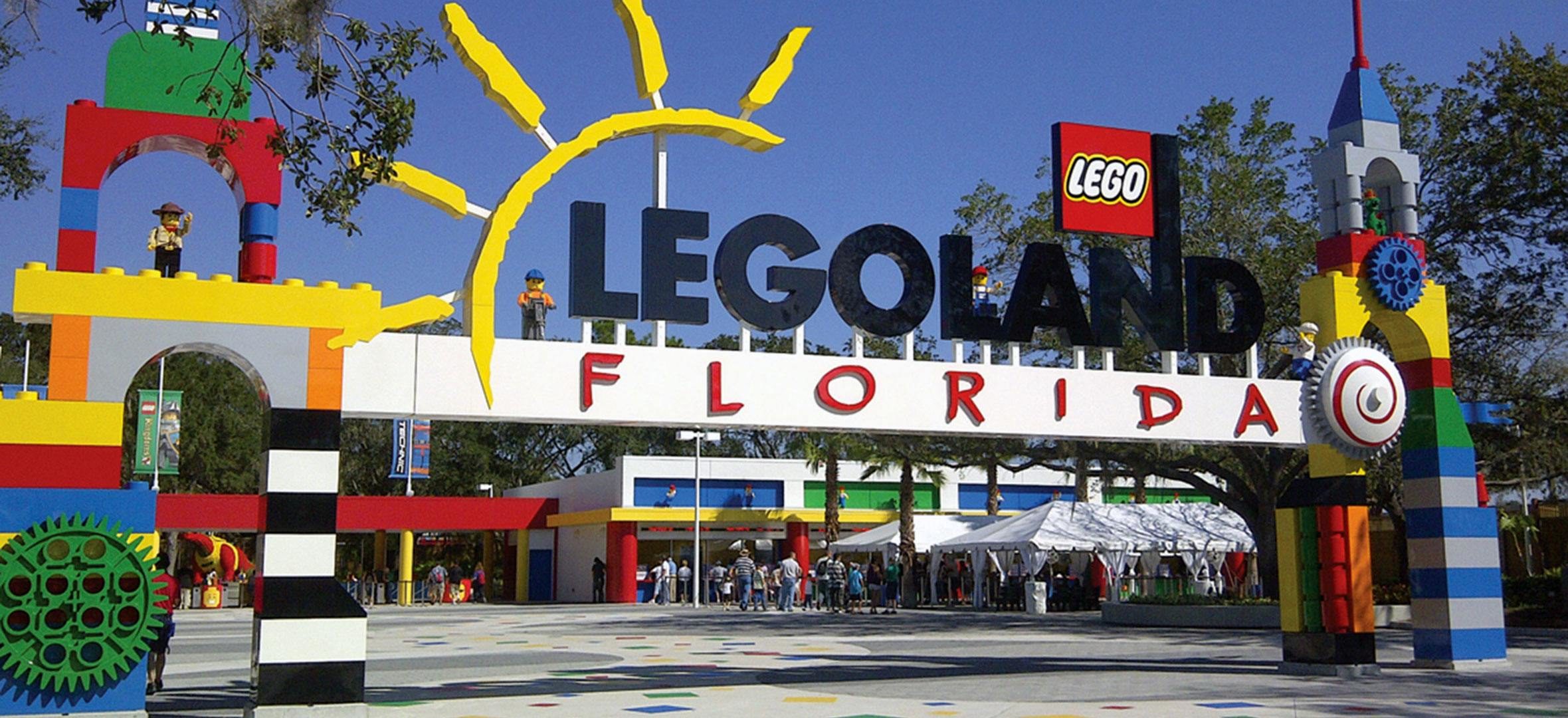
Sustainability has been late coming to theme parks, but the sector is now becoming an ally in addressing the climate crisis. (Photo: ckturistando via Flickr)
“In our industry, sustainability has been late coming,” says Cale Heit, president of Forrec, a Canadian architectural firm that designs amusement parks.
He’s working to change that.
Founded 35 years ago, Forrec helped develop signature projects such as Toronto’s Metro Hall and Canada’s Wonderland as well as West Edmonton Mall’s indoor water park. It now has a staff of 125 and a business development office in Shanghai.
As the outdoor entertainment season winds down, I meet Heit at his headquarters in Toronto’s Liberty Village, a neighbourhood of bourgeoning condos that itself is a kind of a gentrification theme park.
I want to know if his sector can be an ally in addressing the climate crisis.
Heit tells me Forrec created central Florida’s Legoland which, a few years after opening, began producing renewable energy. “It has something called the Imagination Zone where they have solar panels on the roof of the main building,” he explains. “They also have solar panels for their VIP parking, which offer shade.” Here renewables do double duty, helping to keep visitors’ cars from overheating — not a small thing in the Deep South.
Theme parks take a lot of energy to operate. To have that renewable source actually helps you in the long term. As designers, that’s something we have to do: promote the longer-term vision. This is our responsibility.
Cale Heit, Forrec
Solar’s contribution to these kinds of attractions can be formidable. New Jersey’s Six Flags Great Adventure, for example, recently opened a 23.5-megawatt project that provides virtually all its electricity. In December 2018, Florida’s Walt Disney World Resort launched a 50-megawatt solar facility that produces enough juice to power two of its parks. (The energy is actually sold into the grid.) The Disney array supports both climate change mitigation and adaptation: the Orlando Sentinel reports that, if hurricanes erupt, the panels can survive by lying flat.
Heit says renewables also make economic sense: “Theme parks take a lot of energy to operate. To have that renewable source actually helps you in the long term.” Urging clients to embrace this outlook is part of his job. “As designers, that’s something we have to do: promote the longer-term vision. This is our responsibility.”
As well, emissions-free power enhances the parks’ marketing. “It’s great for the corporation to make a statement about their culture and values,” Heit argues. “And guests, especially younger ones, want to spend their money on a company that supports their beliefs.”
Some parks do more than employ green power sources; they also offer visitors environmental education. With a light touch, they teach people how to live lightly on the Earth. Such is the mandate, for example, of France’s DefiPlanet, which opened in 2011.
It’s great for the corporation to make a statement about their culture and values. And guests, especially younger ones, want to spend their money on a company that supports their beliefs.
Cale Heit, Forrec
I ask Heit if he could design an attraction that presented renewables as cool and fun and built support for them. A Dutch amusement park has suggested building a massive slide around a wind turbine. Could we make green energy part of popular culture here in Canada?
Heit sees both problems and opportunities: “I would find solar panels difficult; how would people interact with them? But I think wind is very kinetic and interactive and engaging and I think you can do something with that. Kinetic sculptures that move with the wind would be fantastic.”
But if the world doesn’t quickly embrace renewables — and a host of other climate solutions — outdoor parks could become a thing of the past. That’s because simply being outside is increasingly hard on the human body.
Heit tells me his firm created a Legoland in Dubai, where average August temperatures are 36 C. In this setting, protecting guests from heat is essential. “We designed for places where they can cool off, shade structures throughout the park,” he recalls. “And we made sure they didn’t have to walk too far without a break in shade or a climate-controlled building. We located food carts where people could get a drink.”
The corporations that design and build these parks — which can cost up to a billion dollars — are immense. If the air is too hot to tolerate, people won’t come.
Perhaps we have a new and powerful partner in our efforts to tackle the climate emergency.




